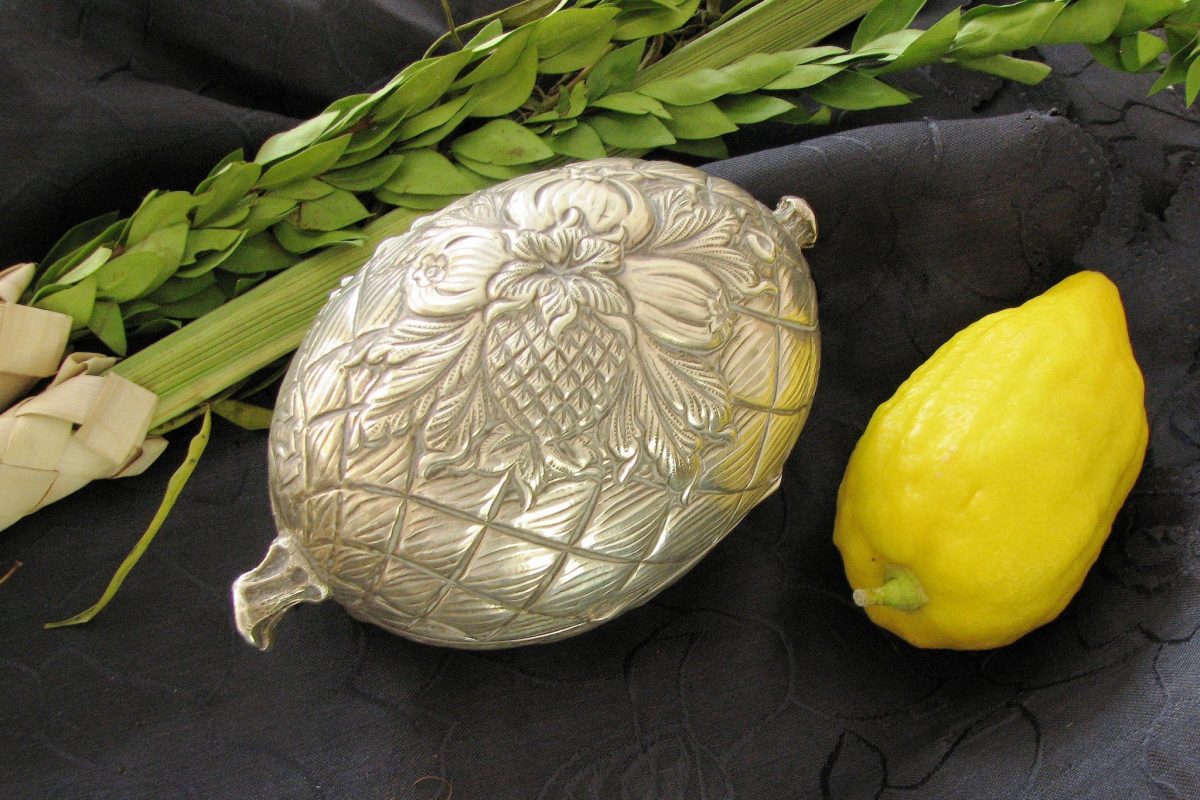By Aaron M.
Seventh Grade, Krieger Schechter Day School of Chizuk Amuno Congregation
Sukkot is one of the most joyous holidays on the Jewish calendar. People build sukkahs, and then spend most of their time inside the sukkah. People enjoy everyday activities in their sukkahs. They eat, sleep, and play in them.
Every year, the seventh-grade Krieger Schechter Day School (KSDS) of Chizuk Amuno Congregation students travel to the Pearlstone Retreat Center in Reisterstown, where they learn more about Sukkot and spend the night in the center’s sukkah.
Sukkot is an agricultural festival that celebrates the fall harvest. The sukkah represents the tents that the Jews slept in while wandering in the desert. The lulav, which includes straight leaves of a date palm tree to represent the spine of a human, is shaken three times in all directions to symbolize God’s presence. The etrog, a sweet-smelling citrus fruit, symbolizes the heart of a person. The arava, the willow branch, represents the mouth and does not have a smell or a taste, while the hadas, the myrtle tree, symbolizes eyesight.
According to student Ezra G., a seventh-grade student, upon arriving at the Pearlstone, the students were divided in two groups, and each group was presented with a challenge.
“My group’s challenge was to find and create our own lulav using different types of plants,” Ezra says. The other group was presented with the same challenge; however, the lulavs that students created were different and unique.
After a long hike, the students returned to the center, where they brainstormed ideas about how they could bring nature back to school. The idea voted most popular was teaching songs about nature to KSDS lower-school students.
After setting up their overnight gear in the sukkah, the students enjoyed some free time and ate dinner. Then, the students chose between relaxing in the sukkah and going on a night hike. Most elected to go on the night hike.
“The night hike was so much fun,” Ezra says. “As we continued on our hike, our eyes adjusted to the light around us, and it became easier for us to see, since we weren’t allowed to use flashlights. My group played blindfolded tag, star gazed, and ran down a steep hill.”
At bedtime, some students found sleeping was just like home, and they dozed off immediately. For others, however, the task proved a bit more challenging. They could not fall asleep for many reasons. Some were hot, some were afraid of bugs, and some just could not get comfortable. Regardless, students enjoyed the experience.
“The best part about being in the sukkah was being around everyone and feeling like I was part of a huge family,” Ezra says.
In the morning, the students prayed, shook the lulav and etrog, and beat the arava. Then, some went on another hike, while others played a game and climbed a rock wall. After a few more team-building games, the seventh graders boarded the buses and headed back to school.
This experience gave the seventh graders an opportunity to bond with classmates, appreciate nature, and learn survival skills. For the students, the best part was learning about Sukkot with their friends.
Top photo: Sukkot (Handout image)





